The Picket Fencing Market is currently characterized by a dynamic competitive landscape, driven by a confluence of innovation, sustainability, and regional expansion. Key players such as Trex Company (US), CertainTeed (US), and Barrette Outdoor Living (US) are actively shaping the market through strategic initiatives that emphasize product differentiation and customer engagement. Trex Company (US), for instance, has positioned itself as a leader in eco-friendly fencing solutions, leveraging its expertise in composite materials to appeal to environmentally conscious consumers. Meanwhile, CertainTeed (US) focuses on enhancing its product portfolio through technological advancements, thereby reinforcing its market presence. Collectively, these strategies contribute to a competitive environment that is increasingly focused on sustainability and innovation, as companies strive to meet evolving consumer preferences.
In terms of business tactics, companies are increasingly localizing manufacturing and optimizing supply chains to enhance operational efficiency. The Picket Fencing Market appears moderately fragmented, with several key players exerting influence over various segments. This fragmentation allows for niche players to thrive, while larger companies leverage their scale to optimize costs and improve service delivery. The collective influence of these key players fosters a competitive structure that encourages innovation and responsiveness to market demands.
In August 2025, Trex Company (US) announced the launch of a new line of composite fencing products designed to mimic the appearance of traditional wood while offering enhanced durability and low maintenance. This strategic move not only reinforces Trex's commitment to sustainability but also positions the company to capture a larger share of the market by appealing to homeowners seeking both aesthetic and practical benefits. The introduction of this product line is likely to enhance Trex's competitive edge in a market increasingly focused on environmentally friendly solutions.
In September 2025, CertainTeed (US) unveiled a partnership with a leading technology firm to integrate smart technology into its fencing products. This collaboration aims to develop fencing solutions that incorporate security features and smart home integration, thereby appealing to tech-savvy consumers. The strategic importance of this partnership lies in its potential to differentiate CertainTeed's offerings in a crowded market, aligning with the growing trend of digitalization in home improvement products.
In July 2025, Barrette Outdoor Living (US) expanded its distribution network by entering into a strategic alliance with several regional retailers. This move is indicative of Barrette's focus on enhancing market accessibility and customer reach. By strengthening its distribution channels, Barrette is likely to improve its competitive positioning, ensuring that its products are readily available to a broader audience. This strategy reflects a growing trend among companies to enhance their market presence through strategic partnerships.
As of October 2025, the Picket Fencing Market is witnessing significant trends such as digitalization, sustainability, and the integration of artificial intelligence in product development. Strategic alliances are increasingly shaping the competitive landscape, enabling companies to leverage complementary strengths and enhance their market offerings. Looking ahead, competitive differentiation is expected to evolve, with a pronounced shift from price-based competition to a focus on innovation, technology integration, and supply chain reliability. This evolution suggests that companies that prioritize these aspects will likely emerge as leaders in the market.


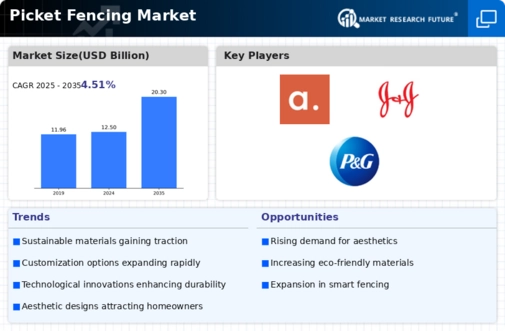


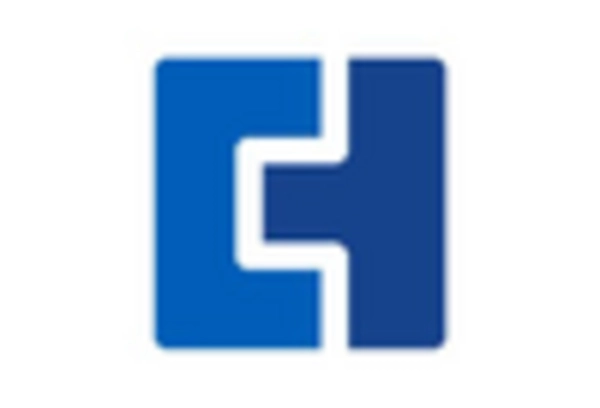
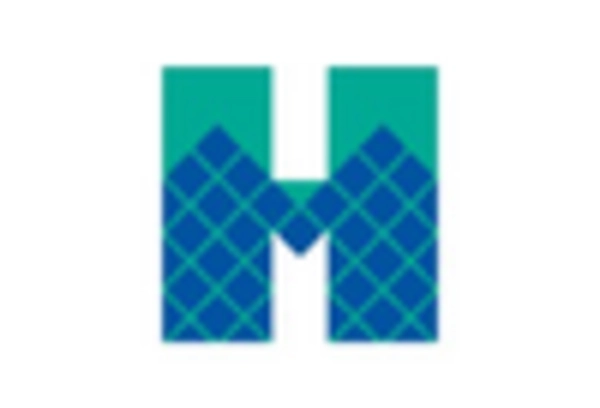
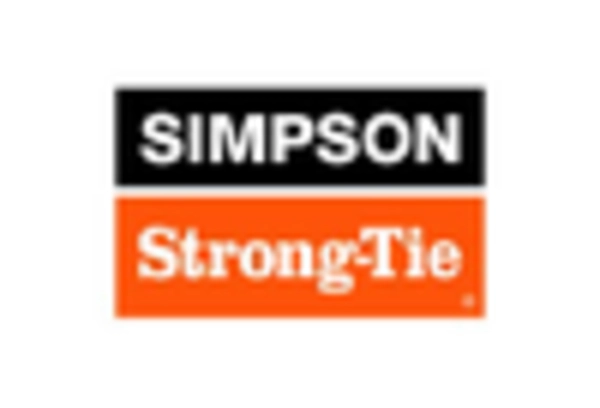
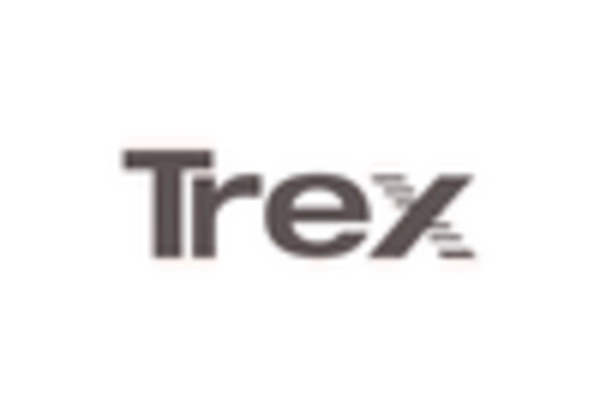
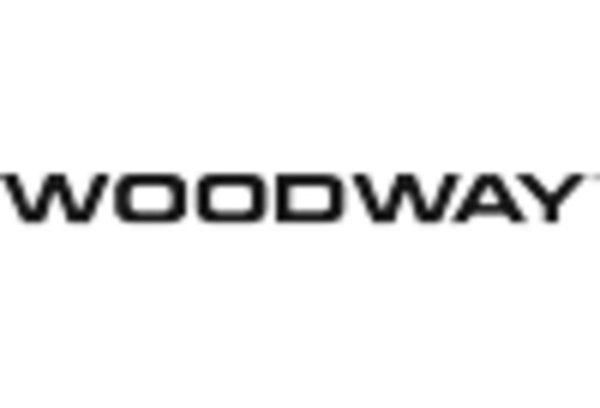








Leave a Comment